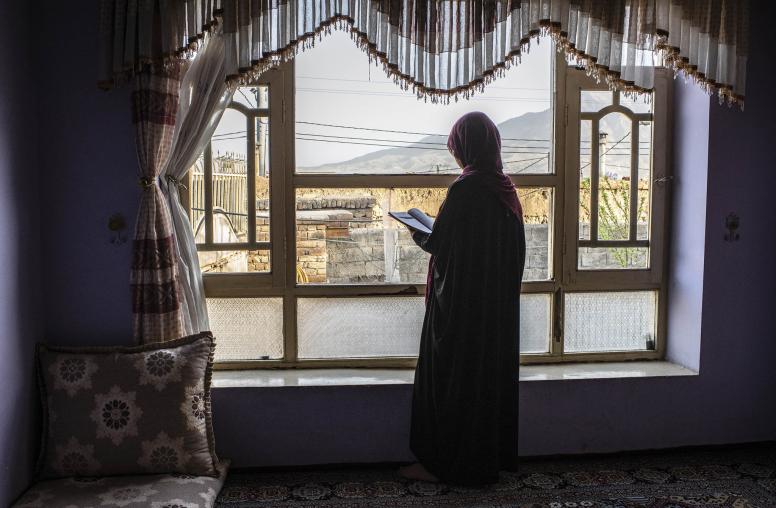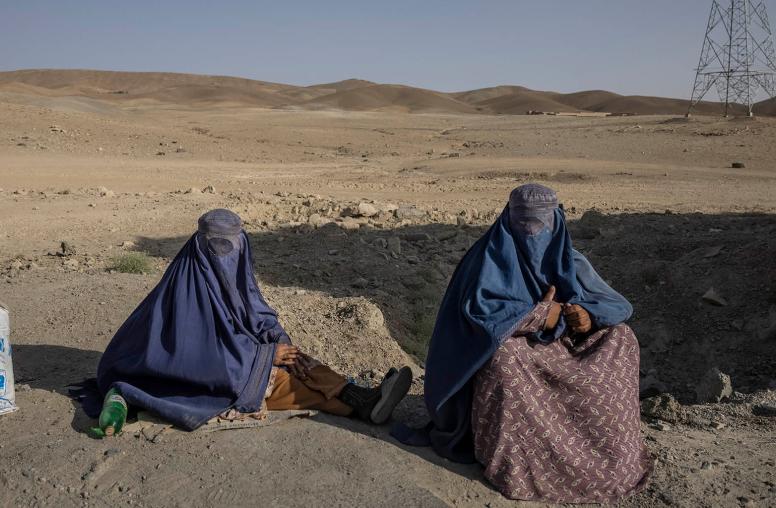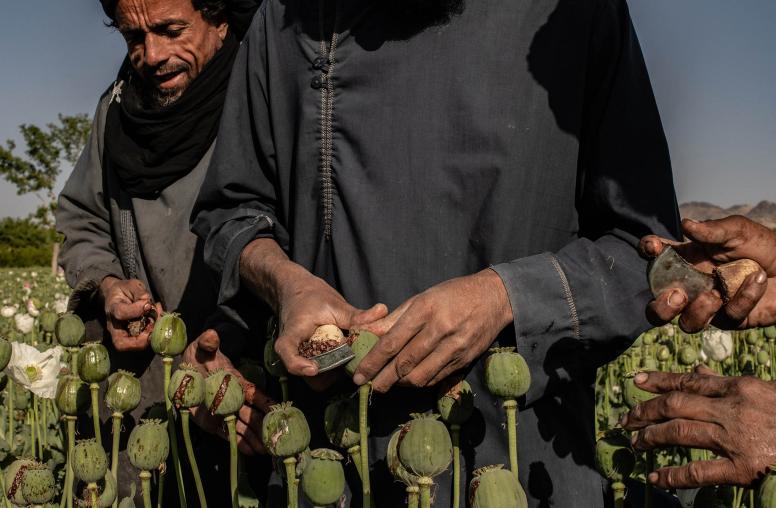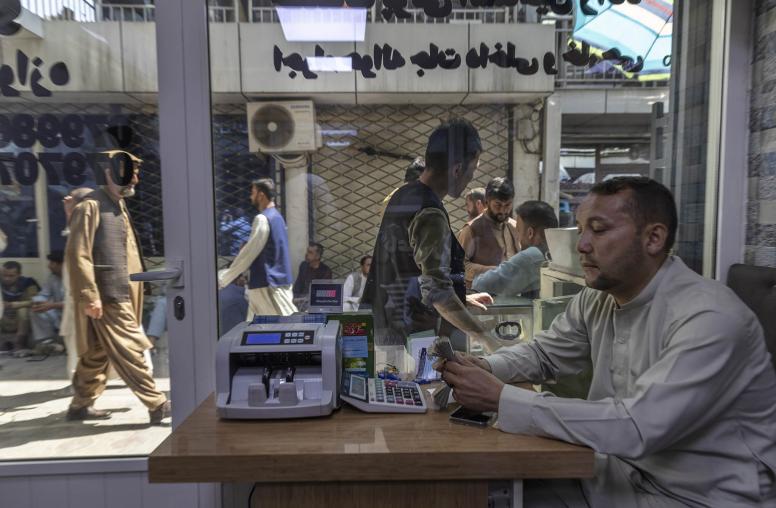Aid and Stabilization in Afghanistan
What Do the Data Say?
The question for international assistance efforts in fragile and conflict-affected countries is the extent to which aid programs are associated with changes in key metrics, including security, popular support for the government, community cohesion and resilience, population health, economic well-being, and internal violence. With an eye to lessons learned for the future, this report examines USAID stabilization programming in Afghanistan, focusing on whether it reduced violence, increased support for the government, and promoted other desirable political and economic outcomes.
Summary
- Stabilization programs generally have only a modest impact on violent conflict and other key outcome measures. Policymakers and implementers should not expect to generate large or persistent effects.
- Smaller projects can be targeted at specific gaps in particular communities and may be less likely to fuel instability.
- Despite the potential benefits, the U.S. government would find it difficult—given its current management structure—to manage hundreds of smaller projects.
- Program design needs to account for the role of antigovernment elements.
- Data collection is a crucial part of program design and needs to be integrated from the outset.
- Evaluating the impact of complex stabilization programs in ways that can improve future programming is critical to economic development and national security.
About the Report
This Special Report addresses the lack of clarity on which programs best foster stability in fragile and conflict-affected areas. It is the result of a collaboration of the United States Agency for International Development (USAID), the United States Institute of Peace (USIP), and the Empirical Studies of Conflict Project at Princeton University to assess the impact of USAID’s stabilization programs on Afghanistan. The report does not reflect the views of USIP, USAID, or any U.S. government agency.
About the Author
A former special adviser on economics and conflict at USIP, Ethan B. Kapstein holds the Arizona Centennial Chair of International Affairs at Arizona State University and is associate director of the Empirical Studies of Conflict Project at Princeton University. His most recent book is Seeds of Stability: Land Reform and U.S. Foreign Policy (2017).



